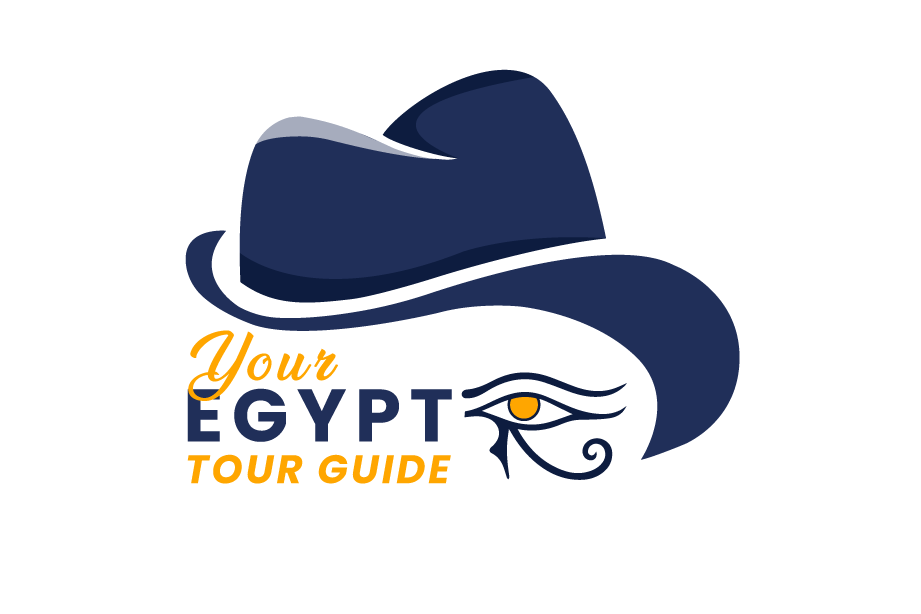Tutankhamun, also known as King Tut, was an Ancient Egyptian pharaoh who ruled from around 1332 to 1323 BC during the 18th dynasty of the New Kingdom period.
Tutankhamun was born in the city of Akhetaten (modern-day Amarna) to the pharaoh Akhenaten and his wife Kiya. His mother may have been a foreign princess from the region of Mitanni. After Akhenaten’s death, Tutankhamun’s half-sister, Ankhesenamun, became his queen. His original name was Tutankhaten, which means “the living image of Aten”. When he became pharaoh at the age of nine, he changed his name to Tutankhamun, which means “the living image of Amun”.
Tutankhamun’s tomb was discovered in the Valley of the Kings by Howard Carter in 1922. The tomb was found mostly intact, which was a rare occurrence, as most tombs in the valley had been looted in antiquity. The discovery of the tomb and its treasures, including the famous gold mask of Tutankhamun, was a major event in the history of archaeology and sparked a renewed interest in Ancient Egypt.
As a young pharaoh, Tutankhamun did not have much political power, as he was under the control of a powerful advisor named Ay. However, he is known for his efforts to restore the traditional religion of Ancient Egypt, which had been suppressed under his father’s rule.
Tutankhamun is also famous for his tomb, which was discovered by British archaeologist Howard Carter in 1922. The tomb was found intact and contained a wealth of treasures, including his famous gold mask. The discovery of the tomb and its contents helped to renew interest in Ancient Egyptian history and culture around the world.
The gold mask of Tutankhamun is one of the most famous and recognizable artifacts from Ancient Egypt, and it holds great significance both artistically and historically.
The mask was originally placed over the head of Tutankhamun’s mummy inside his sarcophagus and was intended to protect and empower the pharaoh’s spirit in the afterlife. The mask is made of solid gold and is encrusted with precious stones, which symbolize the wealth and power of the pharaoh.
The gold mask is a remarkable work of art, and it is a testament to the skill and craftsmanship of Ancient Egyptian artisans. The mask is intricately detailed, with finely carved features and inlays of colored glass and semi-precious stones. The technical achievements required to create such a large and detailed piece of solid gold are also impressive, and the mask remains a testament to the technological sophistication of the ancient civilization.
The discovery of the gold mask of Tutankhamun was a major event in the history of archaeology, and it helped to renew interest in Ancient Egypt around the world. The mask is also significant because it is one of the few surviving examples of a royal burial mask from the New Kingdom period. Most other masks were melted down or destroyed over time, making the survival of Tutankhamun’s mask all the more remarkable.
Despite his short reign and limited political power, Tutankhamun is one of the most famous and well-known pharaohs of Ancient Egypt. His tomb and its contents have provided valuable insights into the culture and beliefs of the ancient civilization, and his image has become iconic in popular culture.
Tutankhamun is also notable for his efforts to restore traditional religion and culture in Egypt. His reign marked a return to the old ways after the radical changes instituted by his father and predecessor, Akhenaten.
Overall, Tutankhamun is a fascinating figure in Ancient Egyptian history, and his legacy continues to captivate and inspire people around the world.





